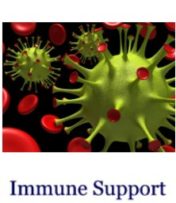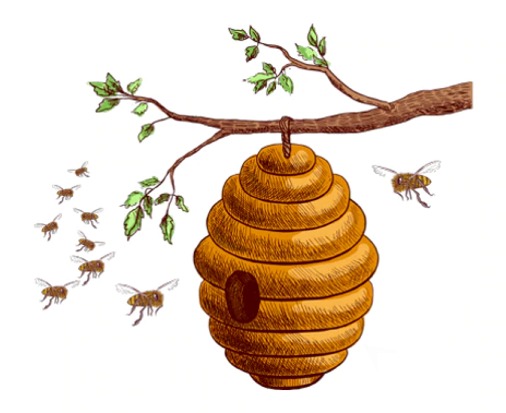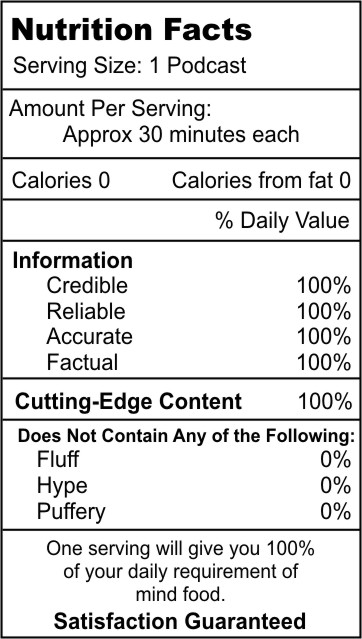Podcast: Play in new window | Download (Duration: 42:14 — 77.4MB)
Brown propolis supports health throughout the body.

In this interview Mark Kaylor discusses the science of brown propolis. If propolis is new to you, then this will be an excellent introduction to the topic. If you are familiar with propolis you will learn something new. Many people don’t realize that there are a least three types of propolis and each is designated by a color. Brown propolis is the most common, followed by green propolis and then red propolis. In this series with Mark we will discuss each of these types in depth as we go forward.
Mark leads us in a discussion of the science which is extensive. Remember that discussion of the science is not to be construed as a medical claim. Bee propolis is a food. Like honey and bee pollen, propolis is a product of the bee hive. As a superfood, propolis has many beneficial compounds and it has many benefits for human health. Propolis has been the subject of over 100,000 studies. This fact alone should suggest that the benefits of propolis have been impressive.
What is Propolis?
“Propolis or bee glue is a resinous mixture that honey bees produce by mixing saliva and beeswax with exudate gathered from tree buds, sap flows, or other botanical sources. It is used as a sealant for unwanted open spaces in the hive. Propolis is used for small gaps (approximately 6 millimeters (0.24 in) or less), while larger spaces are usually filled with beeswax. Its color varies depending on its botanical source, with dark brown as the most common. Propolis is sticky at and above 20 °C (68 °F), while at lower temperatures, it becomes hard and brittle.
While foraging, worker bees primarily harvest pollen and nectar, while also collecting water and tree resin necessary for the production of propolis. The chemical composition and nature of propolis depend on environmental conditions and harvested resources.
For centuries, beekeepers assumed that bees sealed the beehive with propolis to protect the colony from the elements, such as rain and cold winter drafts. However, 20th-century research revealed that bees not only survive, but also thrive, with increased ventilation during the winter months throughout most temperate regions of the world.
Propolis properties for the bees may include:
- reinforce the structural stability and provide thermal insulation to the hive
- reduce vibration
- make the hive more defensible by narrowing the existing entrance (in wild colonies) to a single “choke point”
- make the hive more defensible by sealing holes: a hive will have a propolis cache (as much as 1 pound) for emergency patch jobs
- prevent diseases and parasites from entering the hive, and to inhibit fungal and bacterial growth[5]
- mitigate putrefaction within the hive. Bees
usually carry waste out of and away from the hive. However, if a small lizard
or mouse, for example, finds its way into the hive and dies there, bees may be
unable to carry it out through the hive entrance. In that case, they would
attempt instead to seal the carcass in propolis, essentially mummifying it and
making it odorless and harmless.”
Source: https://en.wikipedia.org/wiki/Propolis
Resources:
NaturaNectar: Discover Bee Propolis.
“In a few words, Bee Propolis is the best natural product to maintain your health and wellness! It is made by the bees to protect their beehives and, in a similar fashion, it can protect our bodies from many of todays’ environmental threats. It should be one of the first and most important items in your daily supplement list!”
Propolis Science: Mark curates this site. Here you will find dozens of articles that Mark has chosen for your consideration. Here Mark serves as your guide to the various sources of content. He has the studies broken down by topic such as brown, red or green propolis.
Google Scholar Search Results
- Propolis = 108,000
- Propolis Since 2019 = 5170
- Propolis Since 2019 + Immune = 2100
- Propolis Since 2019 + Cancer = 2710
- Propolis Since 2019 + Brown = 1620
These search results suggest that propolis is very interesting and worthy of ongoing research. Again, just to be clear: these studies do not make propolis a drug. These studies reveal the powerful nutritional benefits found in nature. Propolis exerts it benefits on the structure and function of human health.
Propolis is full of natural compounds that have amazing benefits for human health. This has been known for hundreds and thousands of years. Mark discusses some of the antioxidants that make propolis unique. Mark also begins to make some distinctions between brown, green and red propolis. We will be discusses the green and red propolis types in upcoming interviews.
About Mark J. Kaylor
Mark Kaylor has been exploring holistic health and healing for over four decades. He is the founder and director of the not-for-profit Radiant Health Project. Mark welcomes your comments and questions and can be contacted at his website: www.RadiantHealthProject.com or on facebook at www.facebook.com/RadiantHealthProject














{ 0 comments… add one now }